Retro Replay Review
Gameplay
Countdown to Shutdown offers a tense, methodical pacing that combines arcade-style action with puzzle-solving depth. You’re tasked with managing eight specialized droids—each endowed with unique skill sets like combat, medical support, technical repair, and more. Switching between droids on the fly adds a strategic layer: you might send your technical expert to weld open a blocked shaft, then pivot to your power specialist to reroute critical energy lines. This constant juggling of roles keeps you engaged and on your toes.
(HEY YOU!! We hope you enjoy! We try not to run ads. So basically, this is a very expensive hobby running this site. Please consider joining us for updates, forums, and more. Network w/ us to make some cash or friends while retro gaming, and you can win some free retro games for posting. Okay, carry on 👍)
The heart of gameplay revolves around exploration and resource management. With over 2,000 interconnected rooms spread across eight levels, unchecked traversing isn’t an option. You must monitor vital readouts—core temperature, radiation levels, shield strength, and remaining mission time—all displayed in the lower HUD. Key items such as toolkits, medical packs, and defensive weapons must be scavenged wisely; each droid can hold only eight items at a time, forcing crucial decisions about what to carry forward and what to leave behind.
Danger lurks in the form of radiation hotspots, malfunctioning defense droids, and stray plasma pockets. As you dig deeper toward the core, radiation intensifies, compelling you to locate and activate protective shields before proceeding. Repairing blocked doors, neutralizing hostile robots, and navigating environmental hazards become a constant juggling act. The ultimate goal—dampening down the reactor’s temperature before time runs out—provides a clear objective, but reaching and stabilizing the core is no small feat.
Graphics
The visual presentation in Countdown to Shutdown is firmly rooted in early 3D arcade aesthetics. Each room features a straightforward, wireframe-like design with flat-shaded walls and minimal textures, but this simplicity works to the game’s advantage. You always see the environment from a first-person perspective, letting you focus on on-screen readouts and incoming dangers without unnecessary visual clutter. Performance remains smooth, even during frantic moments of combat or rapid droid switching.
Lighting and color palettes are used sparingly yet effectively. Cool blues and industrial grays dominate most corridors, creating a sense of foreboding as you delve toward the reactor core. When you trigger radiation shields or encounter glowing plasma anomalies, the ambient glow casts stark shadows that heighten the urgency. Though modern gamers may find the visuals dated, they serve the gameplay well by ensuring clarity and quick readability of critical data.
Character models for the eight droids are distinct but low in polygon count, and animations are functional more than fluid. Each droid’s on-screen avatar shifts subtly when performing actions like repairing panels or firing weapons. While these animations are not show-stoppers, they help differentiate one droid’s activity from another. In a genre that prioritizes function over flash, the graphics deliver exactly what you need: clear, responsive, and free of distractions.
Story
At its core, Countdown to Shutdown spins a straightforward but compelling narrative: a catastrophic meltdown at a nuclear power plant has already caused massive casualties, and now your droids must contain the crisis before a second mega-explosion. This premise delivers immediate stakes and a palpable sense of urgency. There’s no long cutscene exposition—story beats are handled through brief text notifications as you access new areas or retrieve critical mission data.
Each droid’s specialization adds subtle worldbuilding. The scientific unit picks up temperature logs and radiation graphs, the intelligence droid decrypts security terminals, and the medical unit collects casualty reports, all of which paint a picture of the disaster’s scope. These small narrative flourishes give life to what could otherwise be a sterile rescue operation. You feel connected to the mission, not just as a player pressing buttons but as a team leader coordinating life-saving and preventive measures.
Though character development is minimal—your droids are functional automatons rather than fully fleshed-out characters—their distinct roles and occasional voice prompts lend personality to each unit. The urgency of the storyline never lets up, especially as the clock ticks down toward catastrophe. In a game that emphasizes action and strategy, the direct, no-frills approach to storytelling keeps you focused on the task at hand without bogging you down in lore.
Overall Experience
Countdown to Shutdown strikes a rare balance between arcade adrenaline and tactical depth. The constant switching between eight droids, each with limited inventory space, ensures that no two play sessions feel the same. You must think quickly when a new hazard emerges, or risk running out of time and letting the reactor breach its containment. It’s a rewarding loop of exploration, resource juggling, and split-second decision-making.
The game’s learning curve can be steep for those unfamiliar with multi-character management or complex HUD readouts, but a patient player will find immense satisfaction in mastering each droid’s abilities. Even veterans of early-’90s arcade titles will appreciate how Countdown to Shutdown modernizes classic room-by-room navigation with real-time indicators and a streamlined interface. The absence of extravagant graphical bells and whistles keeps the focus firmly on the gameplay challenge.
For players who enjoy methodical pace under severe time pressure, Countdown to Shutdown delivers a memorable mission-based experience. The relentless threat of radiation, the maze-like power plant corridors, and the looming countdown establish a tense, immersive atmosphere. While it may not be for everyone—particularly those seeking deep narrative or high-end visuals—it remains a standout title for anyone drawn to strategic action-adventure gameplay with a ticking clock.
 Retro Replay Retro Replay gaming reviews, news, emulation, geek stuff and more!
Retro Replay Retro Replay gaming reviews, news, emulation, geek stuff and more!
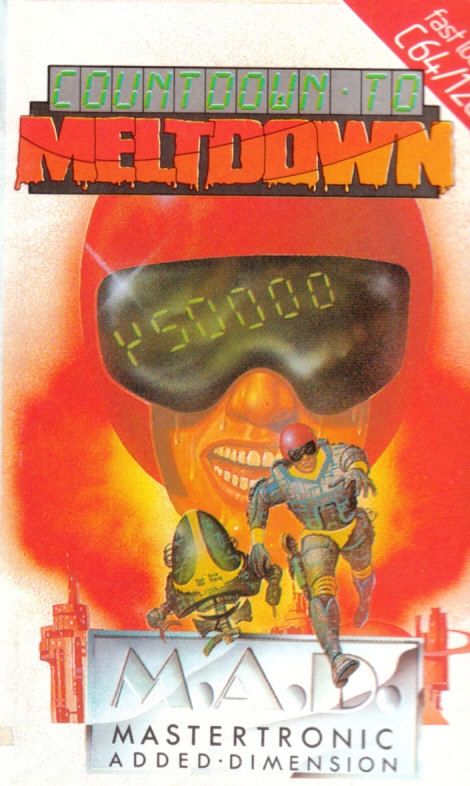
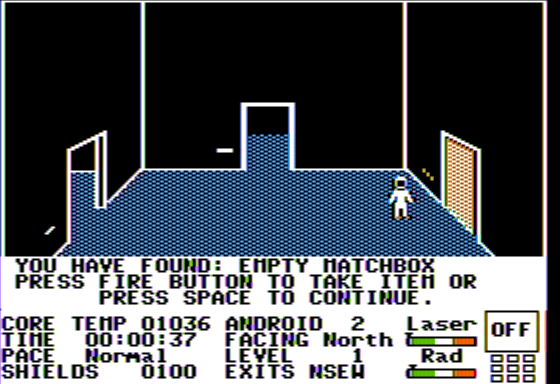
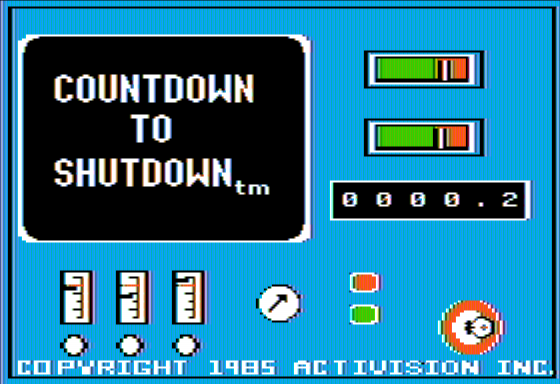
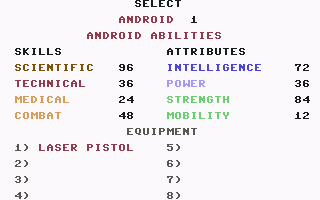
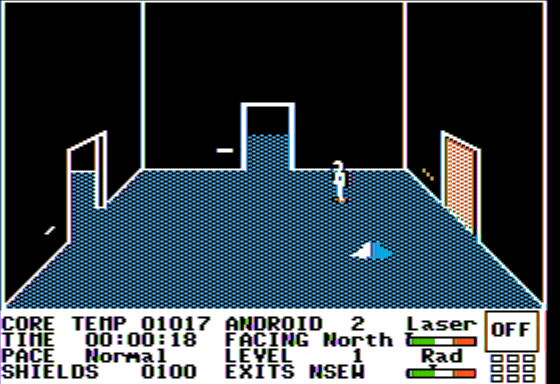
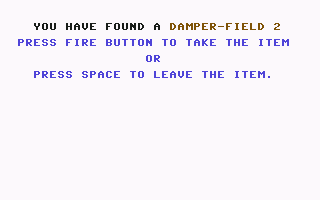

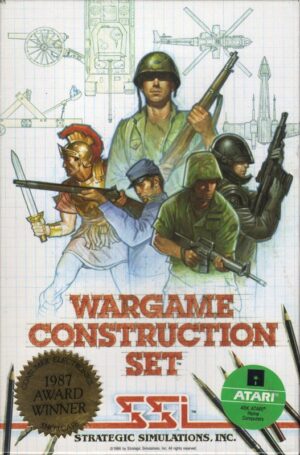

Reviews
There are no reviews yet.